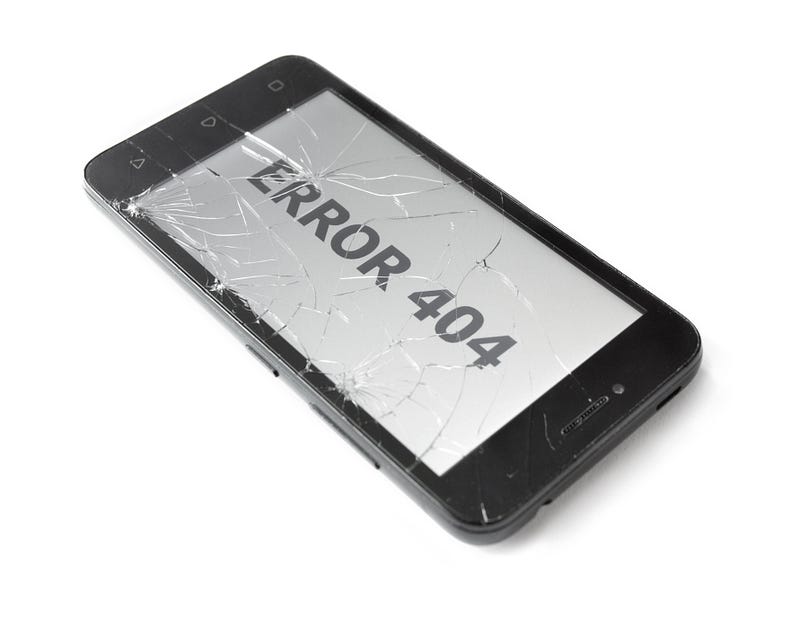Critical HomeKit Bug in iOS Poses Serious Risks to Devices
Written on
The Discovery
Independent security researcher Trevor Spiniolas identified a critical flaw in iOS on August 10, 2021, which persists in version 15.2. After alerting Apple, the company initially projected a resolution by 2022, but as of now, this issue remains unaddressed. The new timeline suggests a vague early 2022 fix, but users are left waiting.

The Vulnerability
The discovered flaw allows users to rename their HomeKit devices with excessively long names—Spiniolas tested this with a staggering 500,000 characters. This action can lead to the complete failure of all iOS devices running affected versions, rendering them unusable, or "bricked," as termed in tech lingo. Attempting to reboot the device does not rectify the situation. Notably, restoring the device and logging back into the iCloud account linked to HomeKit will trigger the bug anew.
Impact on Users
When a HomeKit device's name is modified, the new title is stored in Apple's iCloud. This means all connected accounts are automatically updated, often without user consent, which could lead to widespread issues among Apple users.
There are two primary consequences:
- The Home app may become unstable, potentially crashing upon launch and entering a continuous loop.
- If home devices are enabled—typically the default setting—iOS may become unresponsive. This lack of responsiveness affects user input and USB connectivity.
For a more detailed explanation, including videos, visit Trevor's website.
Spiniolas also raised concerns regarding the potential for this bug to expose iOS devices to ransomware attacks, stating, "I believe this issue makes ransomware viable for iOS, which is incredibly significant."
Exploring the HomeKit Bug's Potential for Ransomware Attacks
Mitigation Steps
While there is currently no definitive fix available, Spiniolas provided recovery steps that users can follow. If you lack the ability to install testing software, consider these instructions:
- Restore the affected device using Recovery or DFU Mode.
- Set up the device normally, but refrain from signing into your iCloud account.
- After completing the setup, sign into iCloud through Settings. Immediately disable the “Home” option.
For those who are more technically inclined and can install the testing application via Xcode, follow these steps:
- Restore the affected device using Recovery or DFU Mode.
- Set up the device normally without signing into iCloud.
- After setup, sign into iCloud through Settings.
- Refresh the Control Center settings repeatedly until the option labeled “Show Home Controls” appears. Disable this option immediately.
- Install the testing application and utilize a short string to rename all associated Home devices.
Conclusion
This vulnerability is a serious concern for all iOS users. To mitigate risks, it is advisable to disable Home Devices from the Control Center, which, while not a perfect solution, offers some protection until Apple resolves the issue.
If you appreciate this content, consider following me for more insights—thank you!
Update
Apple has rolled out an update to address this vulnerability. For instructions on securing your Apple device, check out my updated post.
Latest on Apple's Ongoing Struggles with iOS Updates